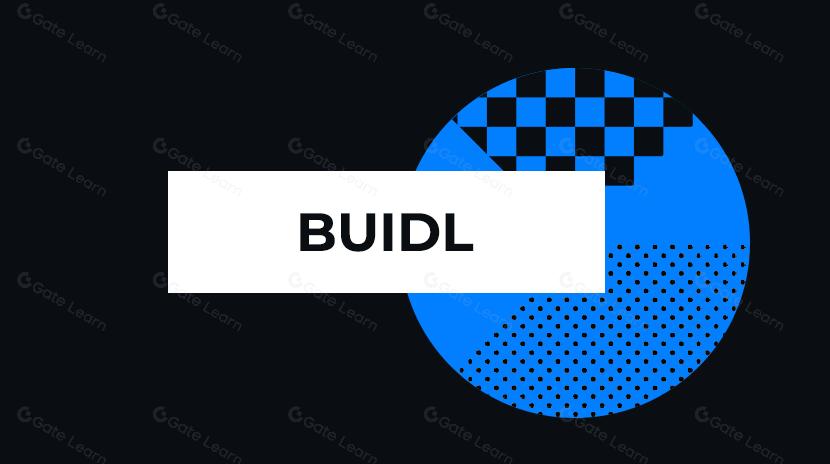bsc explorer

The BNB Chain (formerly Binance Smart Chain or BSC) Explorer is a blockchain exploration tool that allows users to search, view, and analyze all transactions, addresses, tokens, smart contracts, and other on-chain data on the BNB Chain. As an infrastructure component of the BNB Chain ecosystem, it provides a transparent window for regular users, developers, and analysts to monitor and verify network activity in real-time without running a full node. The most popular BSC explorer is BscScan, similar to Etherscan on Ethereum, which offers comprehensive features and a user-friendly interface, becoming an essential tool for interacting with the BNB Chain.
Background: Origin of BSC Explorer
The development of BSC explorers is closely tied to the launch of BNB Chain (originally Binance Smart Chain). In September 2020, Binance launched Binance Smart Chain as an Ethereum-compatible parallel chain designed to address high fees and low throughput issues on the Ethereum network. With the birth of this new blockchain, there was a need for a dedicated blockchain explorer to index, organize, and display on-chain data.
BscScan, developed by the Etherscan team, emerged as the most authoritative blockchain explorer on BNB Chain. It built upon Etherscan's successful experience but was optimized for the specific needs and characteristics of BNB Chain. BscScan, along with other blockchain explorers like BlockChair and Bitquery, forms the data query infrastructure for BNB Chain, providing transparency and accessibility for the entire ecosystem.
During the early stages of BNB Chain's development, blockchain explorers played a crucial role in helping users track assets, verify transactions, and monitor DeFi protocols, especially during the explosive growth of DeFi and GameFi projects on BNB Chain in 2021.
Work Mechanism: How BSC Explorer Works
The BSC Explorer operates through these core mechanisms:
-
Data Indexing: The explorer runs dedicated nodes that listen to and record every block, transaction, and event on the blockchain in real-time, storing this data in optimized databases for quick querying.
-
Data Parsing: The explorer parses raw on-chain data, converting hexadecimal data and bytecode into human-readable formats, particularly for smart contract interactions.
-
Address Labeling: Identifies and labels known addresses, such as exchange wallets, project contract addresses, token contracts, helping users understand fund flows.
-
API Services: Provides application programming interfaces allowing developers to programmatically access on-chain data for building applications, analytics tools, or monitoring services.
-
Contract Verification: Allows developers to upload and verify smart contract source code, enhancing transparency and security, enabling users to view and audit the complete code of verified contracts.
Key features include: transaction querying and tracking, token transfer tracking, address balance and activity monitoring, smart contract code verification, blockchain statistics and analytics, token market data, gas price tracking, and custom notifications.
What are the risks and challenges of BSC Explorer?
Despite the tremendous value blockchain explorers bring to the BNB Chain ecosystem, they face several significant risks and challenges:
-
Data Accuracy Issues: Explorers may display inaccurate or outdated information due to synchronization delays, data processing errors, or node issues, particularly notable during periods of high network congestion.
-
Privacy and Security Considerations: Explorers link wallet addresses with transaction histories, potentially exposing user privacy, especially when addresses are explicitly identified.
-
Centralization Risks: Mainstream BSC explorers are operated by a few organizations, potentially facing risks of service disruption, censorship, or data manipulation.
-
Complexity Barriers: For new users, understanding the technical data displayed by explorers can be challenging, especially when dealing with smart contract interactions or complex DeFi transactions.
-
Compliance and Regulatory Challenges: Explorers need to balance data transparency with evolving regulatory requirements, particularly aspects related to anti-money laundering and know-your-customer regulations.
-
Scalability Issues: As network activity increases, explorers need to handle growing volumes of data while maintaining performance and responsiveness.
A notable technical limitation is that explorers may not fully parse certain complex smart contract interactions, particularly for contracts using advanced programming patterns or non-standard interfaces.
BSC Explorer is an essential component of the BNB Chain ecosystem, providing transparent access to blockchain data, fostering trust, and facilitating ecosystem development. For developers, it's a valuable tool for debugging transactions, auditing smart contracts, and monitoring network activity; for regular users, it provides a reliable way to verify transactions, track assets, and understand network status; for analysts and researchers, it offers a data foundation for studying on-chain activity patterns, DeFi project adoption, and token liquidity. As BNB Chain continues to evolve, blockchain explorers are also evolving, adding more features such as NFT tracking, cross-chain asset monitoring, and advanced analytics tools, further enhancing the transparency and usability of the entire ecosystem.
Share
Related Articles

Blockchain Profitability & Issuance - Does It Matter?

In-depth Analysis of API3: Unleashing the Oracle Market Disruptor with OVM
